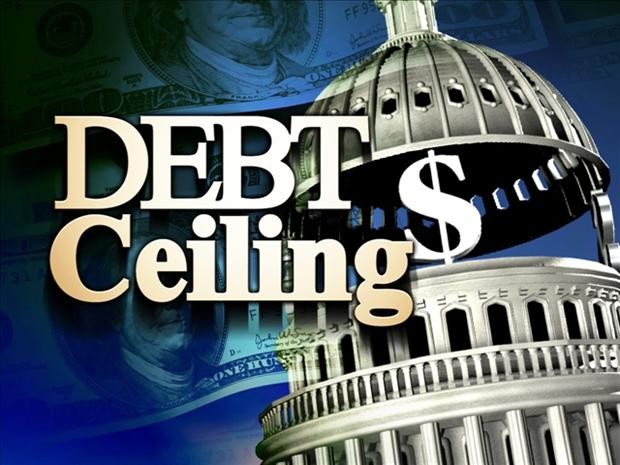Shutdown Savings and the Debt Ceiling
Post on: 29 Апрель, 2015 No Comment

By Nelson D. Schwartz October 2, 2013 8:00 am October 2, 2013 8:00 am
Could the government shutdown now under way actually help avert, or at least delay, the much bigger threat of a debt default by Washington?
After all, with much of the government shuttered and not spending, the logic goes, there will be more cash left in government coffers, thus extending the day of reckoning for the debt ceiling.
It’s an appealing theory. Unfortunately, it doesn’t hold in practice.
That’s because the government will continue spending on what are considered mandatory programs like Social Security, Medicare and interest on the debt during the shutdown. On the other hand, the savings from shuttered “discretionary” programs won’t be enough to move the needle substantially.
The Treasury said last week that Congress had until Oct. 17 to raise the ceiling for how much the federal government can borrow, or risk leaving the country on the precipice of default. If the debt ceiling isn’t raised by then, the Treasury estimates it will be left with about $30 billion in cash, which would quickly be used up.
“It might buy us a day or two on the debt ceiling,” said Paul Edelstein, director of United States financial economics at IHS. Meanwhile, Treasury officials have also said a brief shutdown was unlikely to “materially” affect the Treasury’s Oct. 17 forecast.
What about a shutdown that went on, say, for a week? A report by the economics team at Goldman Sachs issued on Sept. 29 concluded that wouldn’t do much to delay the doomsday clock, either:
Federal salary payments might decline by around $2 billion, and payments to contractors could decline by a few billion more over the course of a week. Since the Treasurys projection that it will exhaust its borrowing capacity by the October 17 deadline is based on debt issuance expectations, not only on cash flows, a shutdown over a limited period would probably not affect that deadline. It could delay by a few days the date on which the Treasury would deplete its remaining cash balance after October 17. However, even with a week-long shutdown, our projections imply that it is very unlikely that the Treasury would be able to stretch its cash balances past October 31, because of the large payments scheduled to be made that day.
On Tuesday, Wall Street’s focus was on the shutdown. which is being treated by investors as another exercise in Washington kabuki. Indeed, the stock market rose nearly 1 percent after dropping on Monday as the shutdown deadline approached.
A longer shutdown that is linked to the debt ceiling issue is a different story, said Michelle Girard, chief United States economist at RBS. “If you move past the one-week time frame, it has bigger ramifications,” she said. “If it’s a one-week thing, it won’t have much of an impact.”














